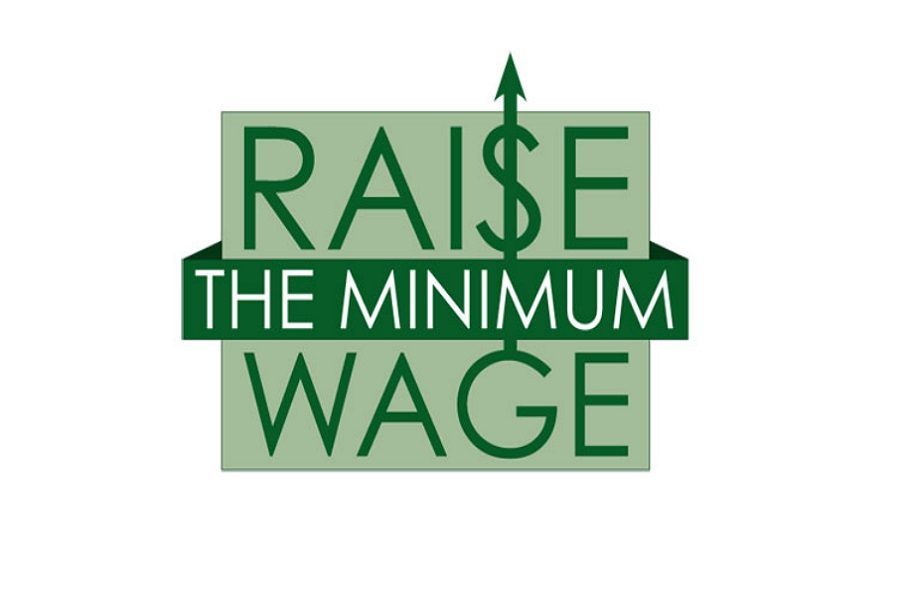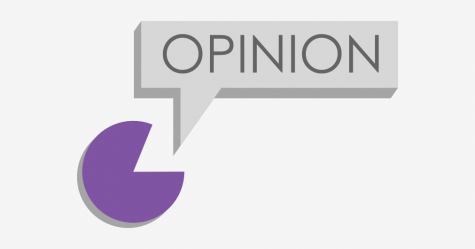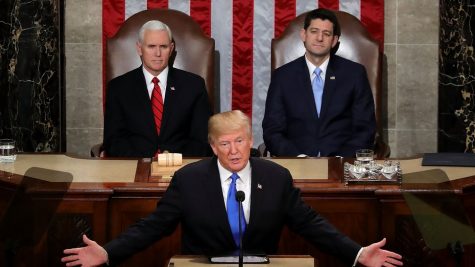America’s Next Paycheck
The current Federal minimum wage is $7.25 which, to most, is not enough to live off of and so the people have sought to raise the wage in an attempt to close the ever increasing cost-of-living gap. This has lead to most if not all politicians saying they would do something, but it differs between the parties. Some parties want tax credits, whiles others just want to raise the Federal wage, and unfortunately, nothing has happened so far.
Current Situation
The current average income needed per a month without children is $3,943. If we take the current Federal minimum wage and multiply it by 40 hours, then by 4 weeks, we end up with just over $1,100, which is less than a third of the income required to live. This can vary by region, as it costs more to live in some areas than others. Along with that, some states have a higher minimum wage than others.
One example of a state with a higher wage is Connecticut, which is where I’m from. The current rate is $9.80 but will be at $10.10 by next year. When we adjust for a wage of $9.80, we get a bit more but not much, landing at around $1,500. It’s better than nothing but still doesn’t make ends meet.
So what’s the point of raising the wage if it still doesn’t close the gap? Even at $15 an hour, we still land at $2,600 before taxes, but by raising it, other jobs that require more of their employees will have to increase their wage. By increasing the very bottom, we will end up increasing wages all around, to an extent—some people lack experience to get a higher paying job.
Current Stances
Most states are currently raising their own minimum wage little by little. Many of these states are either pushing for $15, or are currently raising year after year already. States like Connecticut and New York are already on the way to $15 while some states such as New Jersey are starting to draw up their plans for $12. It’s good that these few small states are making a difference because larger groups might be able to push for the federal wage to go up.
The current counter argument made by many politicians and lobbies is that raising the wage would hurt business, but those representing are only big business. At the same time, studies from different cities such as Minneapolis demonstrate that a change in wage will not affect businesses.
The two dominant political parties both push for better quality if living but in two completely different ways. The Democrats platform pushes for a high minimum wage and this can also be show by Hillary Clinton pushing for a new 12 dollar minimum. Many voters dislike that Clinton is only pushing for a new federal at $12; Bernie Sanders’s supporters wanted more. But Sanders is still supporting Clinton to the fullest that he possibly can, which is making some people uneasy. Many Sanders supporters believe that Clinton doesn’t really care about their interests, as shown by a leaked transcript from Wall Street (Here). Some believe the script was taken out of context, and so it’s up to us, the people, to decide. Even so, Sanders has stated that he still supports Clinton’s ideas even after reading this.
We, as a people, will have to push for what we believe is necessary at this point. Some states and localities will need a much higher wage to make it livable while others might only need a small increase. If the federal wage isn’t increased, we have to push for states to increase theirs. Making changes at the state level will help the federal wage increase in the future.







